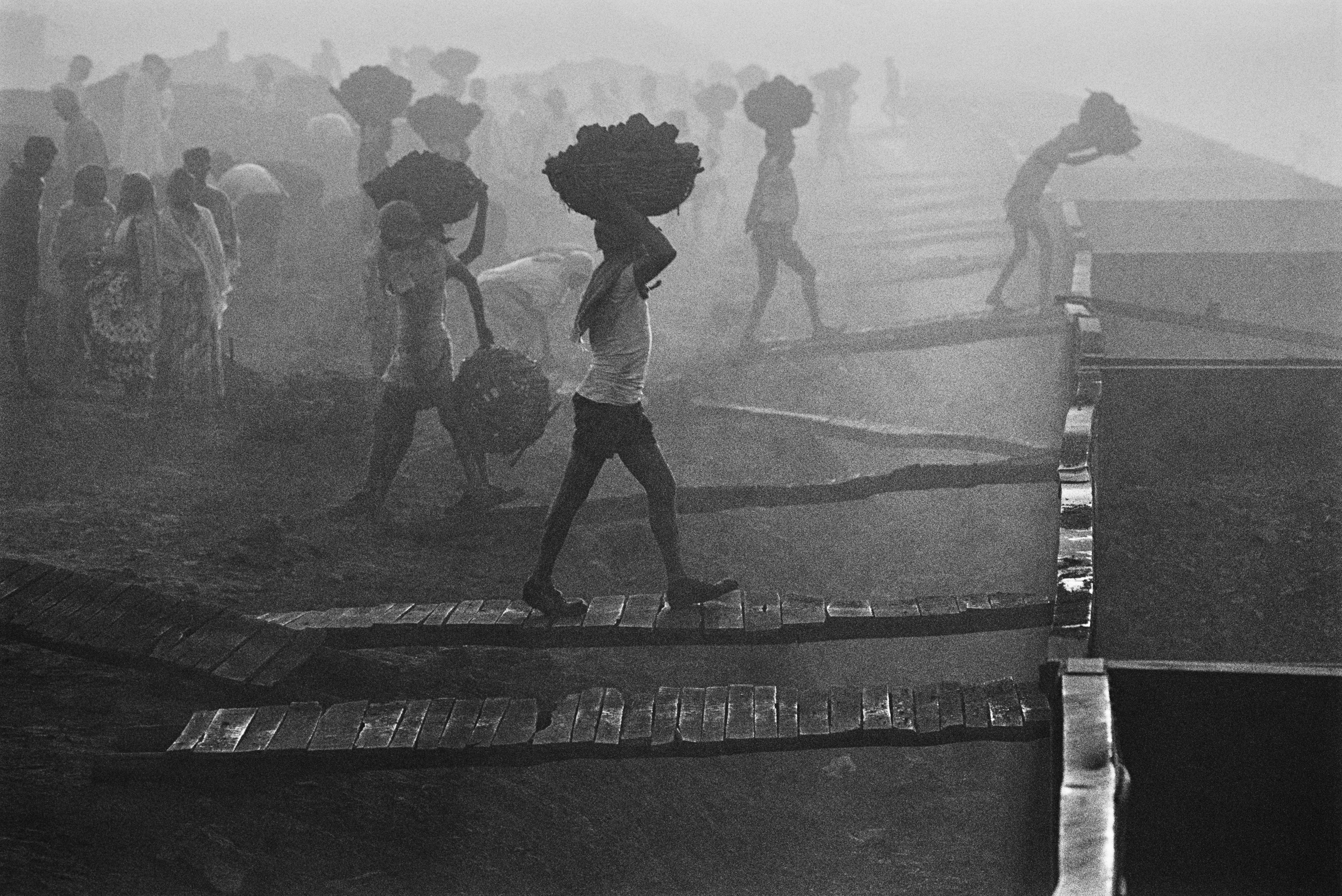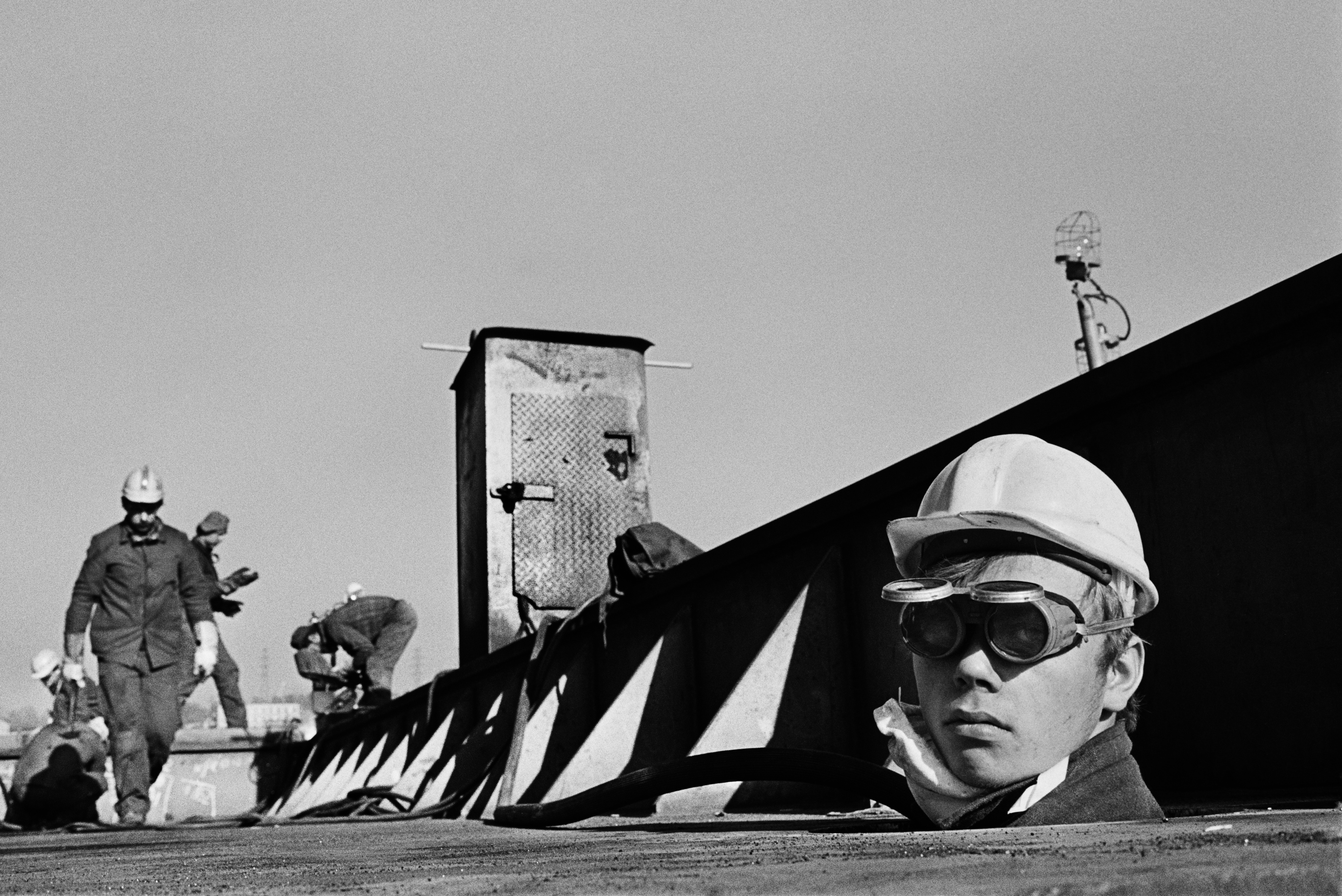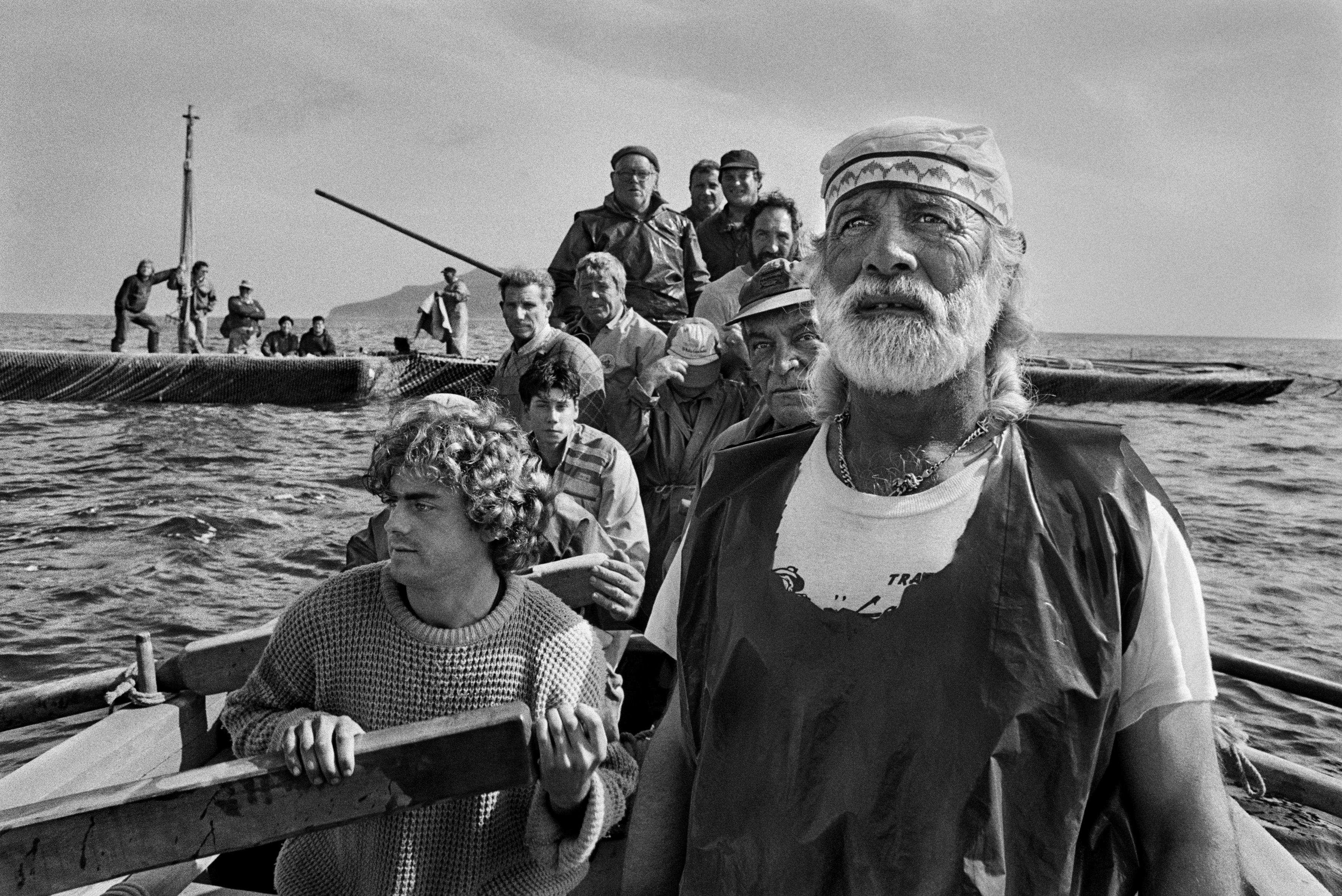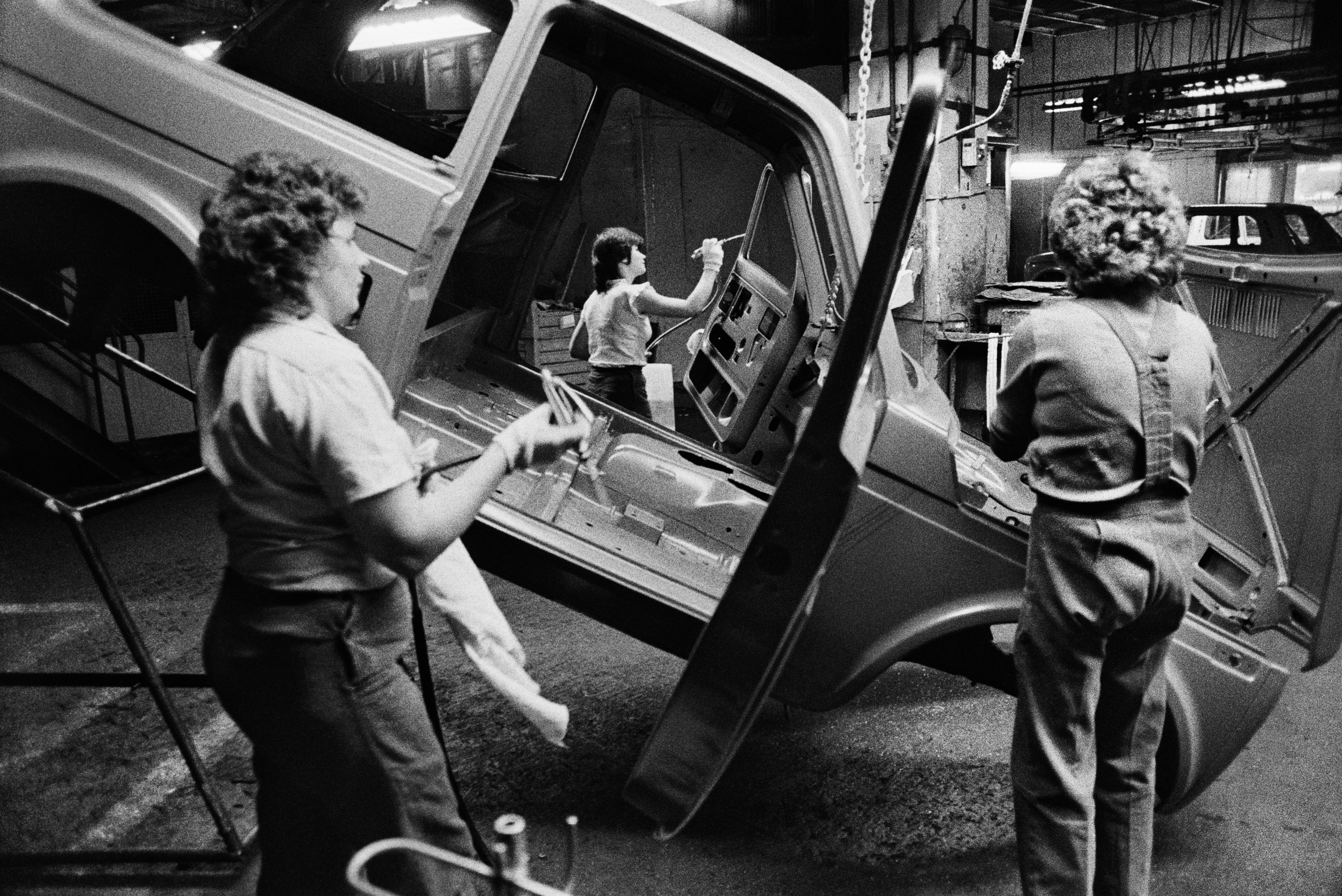
In 1993 Sebastião Salgado published his seminal work, Workers, which shone a light on the often treacherous conditions of manual labor jobs around the world. The message is just as strong today, and renowned book publisher Taschen will soon release a republication of the work.
Workers: An Archaeology of the Industrial Age by Sebastião Salgado pays tribute to the time-honored tradition of manual labor. Jam-packed with beautiful thought-provoking photographs, Workers acts as a peek into a life that many think is long forgotten – but especially in more impoverished locations, this life is very much still a reality.
"This book is an homage to workers, a farewell to a world of manual labor that is slowly disappearing, and a tribute to those men and women who still work as they have for centuries," says Salgado.


In my opinion, Salgado is one of the greatest photographers to ever grace the medium, capturing nature's beauty like no other. His long-term project Genesis is considered among the best coffee table books available. It explored nature, animals and indigenous peoples, and its monumental images were one of the reasons I first picked up a camera. What was also evident was Salgado's considered approach to important subjects, and I feel that this was developed during his time spent on his first long-term project – Workers.
Salgado defines his work as “militant photography”, dedicated to “the best comprehension of human being”, and over the past four decades he has captured his subjects with great dignity – especially the most isolated and neglected among us.
In this volume of Workers, Salgado provides an "archaeological perspective of the activities that have defined hard work from the Stone Age through the Industrial Revolution to the present". Through his imagery, Salgado captures the relentless spirit of men and women who work in some of the world's most difficult environments and celebrates them with honesty and respect.

Included in the book are 400 pages of photographs that capture the unbearable heat of an Indonesian sulfur mine, turbulent sea fishing off the coast of Sicily, and the sheer scale of gold mines in Brazil, plus many more examples of hard manual labor jobs and the humans that work(ed) them. As Taschen states, "Salgado unearths layers of visual information to reveal the ceaseless human activity at the core of modern civilization."
The outstanding imagery is complemented by Salgado's introductory text, written in collaboration with Brazilian author Eric Nepomuceno, which expands Salgado's "photographic iconography". Extended captions also provide insight into his photographic approach and a description of the scene captured in the frame.

For those who are not familiar with this body of work, I urge you to explore it further, and if possible, in person. Salgado's work is edited by his wife Lélia Wanick Salgado, and it should be mentioned that the impact of the edit when looking through physical copies of Salgado's work is unrivaled. The imagery hits you hard and stays with you, and this new edition is no exception.
Workers: An Archaeology of the Industrial Age by Sebastião Salgado is published by Taschen and is available from Amazon via the widget below.
You may also be interested in our guides to the best cameras for portraits, the best cameras for landscape, and the best camera for black and white photography.






